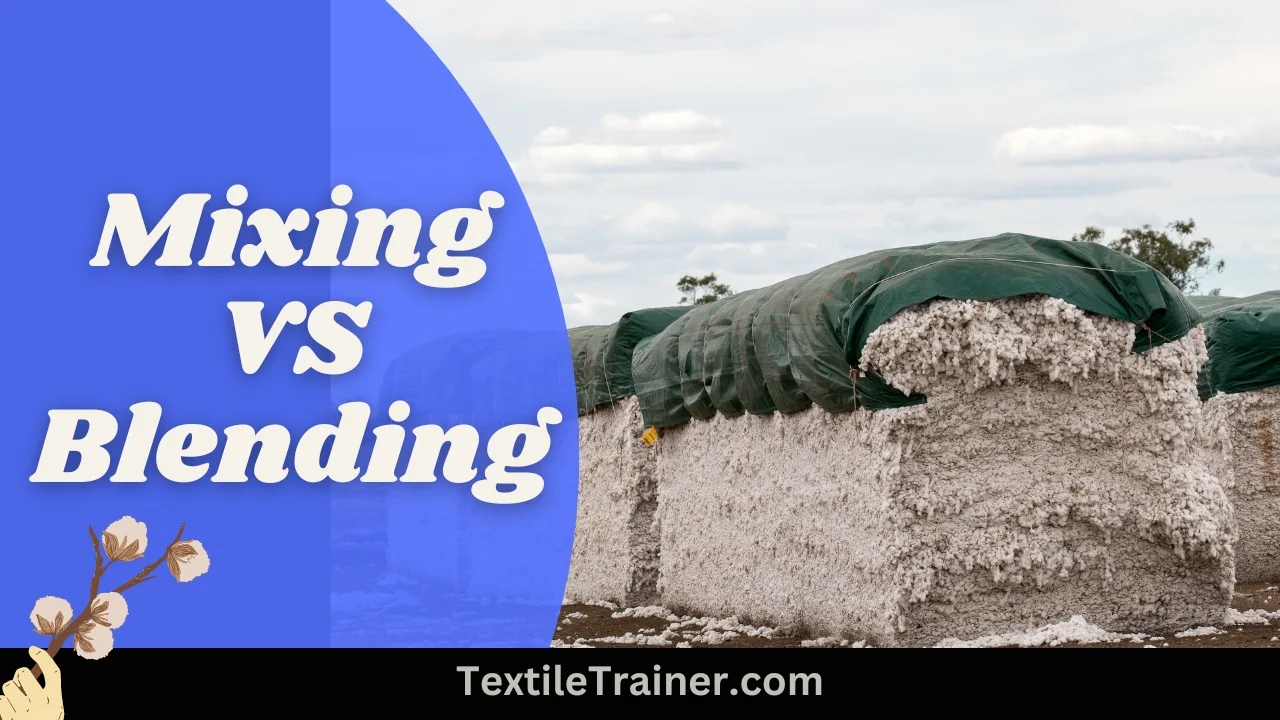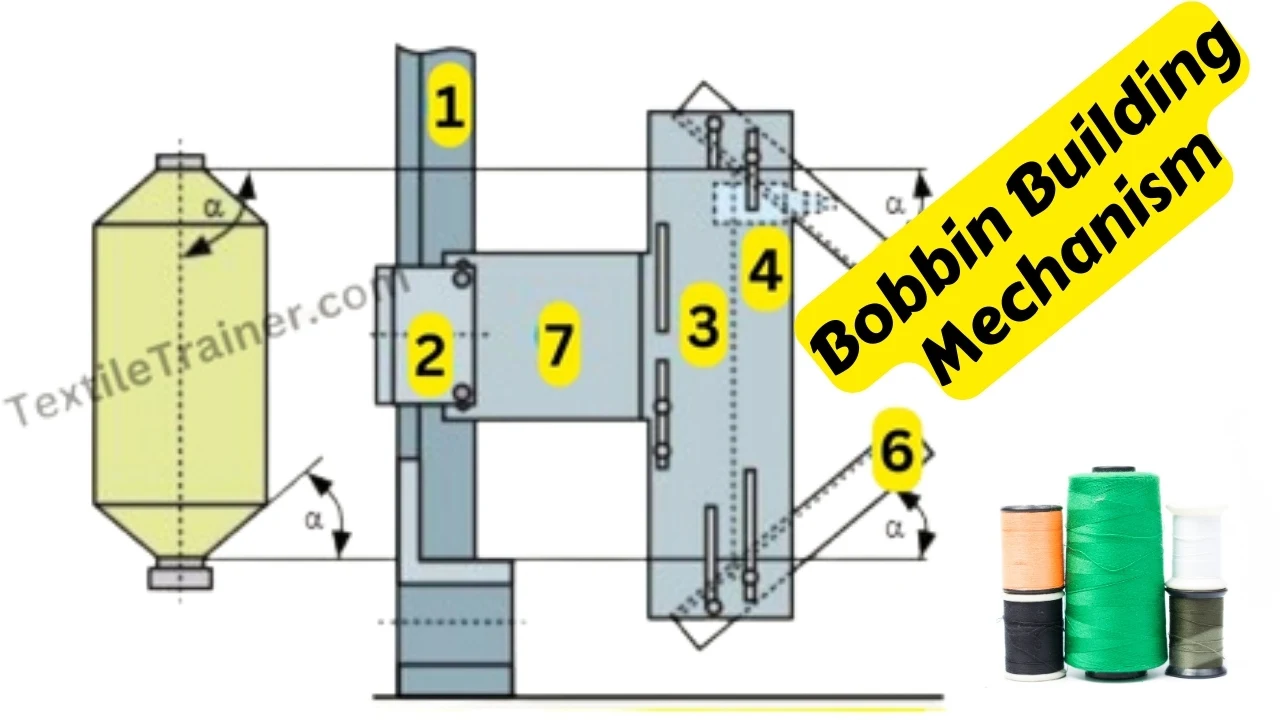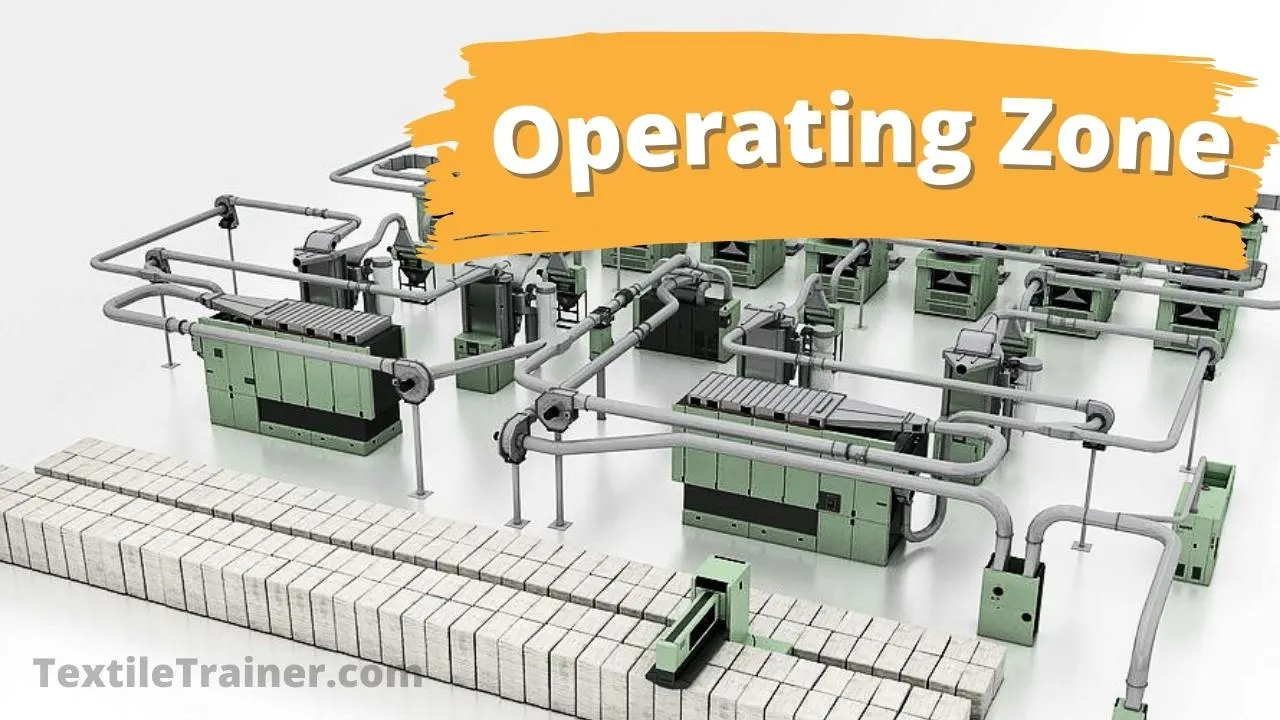Tools for Process Control in Blow Room
Introduction
In the textile industry, the blow room plays a vital role in the initial stages of yarn manufacturing. It is responsible for opening, cleaning, and blending fibers to create a uniform feed material for subsequent processing. In this article, we will discuss some important parameters of process control in blow room. The blow room must be performed well in order for the final yarn product to be of high quality.
Various tools for process control have been developed to optimize blow room processes and improve performance. By monitoring and regulating critical parameters, manufacturers are able to increase efficiency, productivity, and yarn quality. Textile mills can achieve better blow room performance by employing these tools effectively, resulting in reduced waste, cost savings, and increased customer satisfaction.
Parameters of Process Control in Blow Room
The operations performed in the blow room have an impact on the final product quality and cost as well. The evaluation of the degree of performance of the blow room is, therefore, extremely important and it is carried out using the following parameters in order to determine the degree of performance of blow room. There are a few parameters to consider:
- Degree of opening.
- Degree of cleaning.
- Degree of mixing.
- Degree of fiber growth.
- Degree of nepping.
1. Degree of Opening
The main objective of blow rooms is opening, so the degree of opening is one way to analyze their performance. It is very important to note that opening in a blow room not only affects the degree of performance of the blow room, but also greatly influences the quality of carding, the quality of drafting, the physical properties of the end product, and the performance of the process. An index of degree of opening, or tool for evaluating opening performance by the blow equation:

2. Degree of Cleaning
Cleaning is greatly influenced by design and technology of cleaning devices. The optimal degree of opening ensures maximum cleaning. The technology of cleaning refers to a method of removing the appropriate particles – air suction or air current for trash particles, mote knives for trash particles, optical sensors for color particles, and air blow for color particles.
Performing improperly in the blow room deteriorates carding, draft quality, yarn quality, and process performance. As the degree of cleaning increases, the degree of performance of the blow room increases. For the purpose of evaluating the degree of performance of a blow room, the degree of opening must be considered along with the degree of cleaning. To assess the degree of cleaning, there are two tools or indexes. They are:

3. Degree of Mixing
By choosing a fiber blending strategy, one can control and reduce variability between mixes and within mixes. Fiber blending affects the consistency of output quality. The practical experience suggests that if a cotton mix is highly irregular, it will produce highly irregular yarns or fabrics unless expensive processing efforts are made to rectify this high irregularity. Additionally, excessive yarn irregularities, high rates of ends down, excessive filling stops, fabric defects, color streaks and fabric barre are often created in the textile process, and they are unpredictable.
In order to evaluate the degree of mixing in a blow room, two tools are available:
- variability of mix: Identifying the performance of a blow room is based on evaluating fiber properties and their variability in a mix. In order to achieve lower variation in product quality, a fiber blending strategy or mixing plan must determine the maximum allowable variance in a mix and ensure that both within and between-lay down variability is below this maximum limit. Variability within and between mixes contributes to product variability in a significant way. In the selection process by fiber engineering, the user must decide on the maximum level of irregularity that will be acceptable in the fiber properties.
- number of mixing chamber: It is also related to the number of mixing chambers that determines the degree of mixing. A higher blending efficiency can compensate for variations in the mix. Below is a table illustrating the relationship between blending efficiency and mixing chambers.
| Grade of blending efficiency | No of mixing chamber | Compensable within mix CVMIC% |
| High blending efficiency | Two 10-Cell Multimixer | 9-12 |
| Medium blending efficiency | One 8-10 Cell Multimixer | 6-9 |
| Low blending efficiency | One 4-6 Cell or without multimixer | <6 |
4. Degree of Fiber Growth
As fibers are processed in the blow room, they are continuously under mechanical stress as a result of the beating action. Excessive mechanical stresses damage fibers. Fiber damage is measured in blow rooms by shortening of fiber length, or fiber growth. The length of the fiber determines the yarn’s physical and process performance, as well as its price. As a result, any damage to fibers directly affects yarn properties. The degree of fiber damage is indicated by fiber growth as follows:

“The higher the fiber growth, the better the performance of the blow room will be.“
5. Degree of Nepping
In the blow room, fiber tufts develop neps step by step. In addition, to damage to the beater wire, any turbulence in fiber passage will exacerbate neeping, resulting in a rise in neeping after processing, affecting performance in the subsequent process and yarn quality. Getting optimal performance during carding and combing, the degree of nepping in the blow room must be kept under control. The index of nepping is:

The lower the degree of nepping, the better the blow room performance.
Conclusion
Optimizing the degree of opening, cleaning, fiber growth, mixing, and nepping results in improved yarn quality, cost savings, and customer satisfaction. It is possible to make the blow room a key driver of yarn manufacturing success if you adopt these tools and adopt a culture of innovation. You are welcome to contact me if you have any questions about this article. I tried my best to describe this tools of process control to evaluate the degree of performance of the blow room as accurately as possible.
References
- Chowdhury, M. F. (2016). Manual of Short Staple Spinning. Dhaka: Granthanir Prokashoni.
- Corbman, D. P. (1983). Textiles Fiber to Fabric. NewYork: Mary McGarry.
- Hossain, M. S. (2014). Introduction to Textile Engineering. Dhka: Books Fair Publications.
- Kadolph, S. J. (2006). Textiles. New Delhi: Dorling Kindersley India Pvt. Ltd.
- Klein, W. (2016). The Rieter Manual of Spinng, Volume-II. Wintherthur: Rieter Machine Works Ltd.



